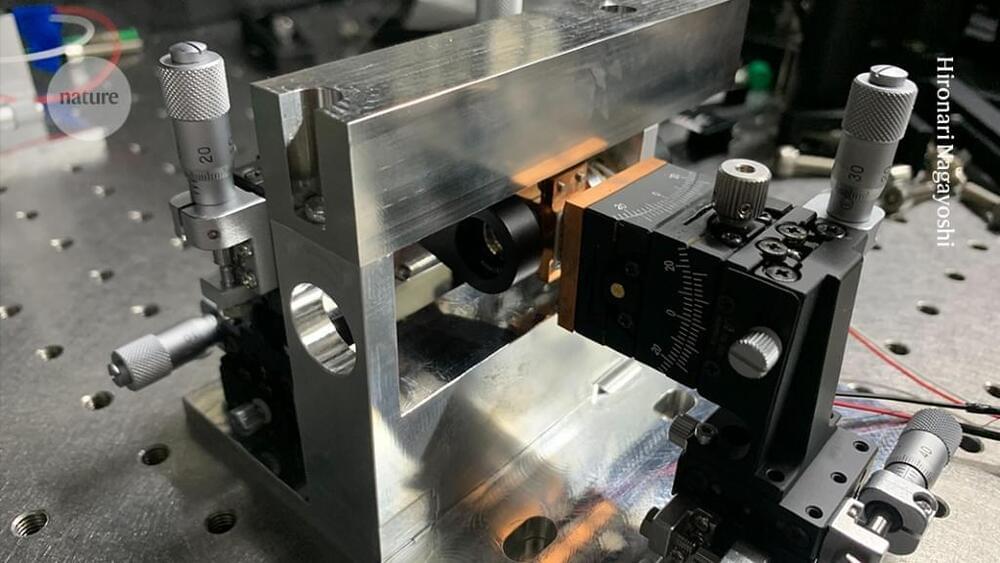We demonstrate a high-performance single-photon source based on a monolithic FP microcavity, and the thin-film microcavity structure facilitates effective strain transduction.
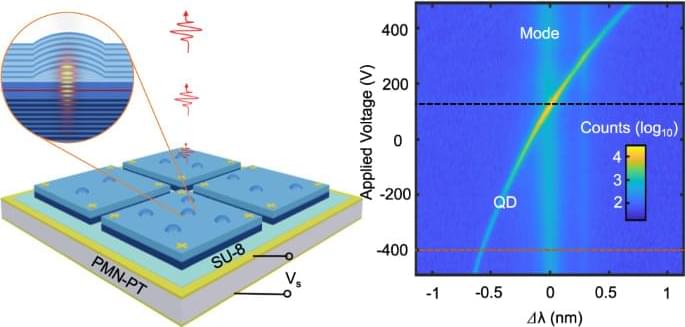

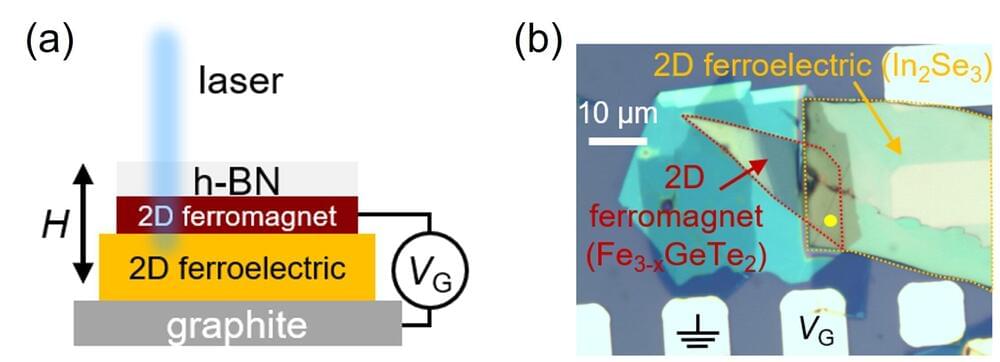
As artificial intelligence technologies such as Chat-GPT are utilized in various industries, the role of high-performance semiconductor devices for processing large amounts of information is becoming increasingly important. Among them, spin memory is attracting attention as a next-generation electronics technology because it is suitable for processing large amounts of information with lower power than silicon semiconductors that are currently mass-produced.
Utilizing recently discovered quantum materials in spin memory is expected to dramatically improve performance by improving signal ratio and reducing power, but to achieve this, it is necessary to develop technologies to control the properties of quantum materials through electrical methods such as current and voltage.
Dr. Jun Woo Choi of the Center for Spintroncs Research at the Korea Institute of Science and Technology (KIST) and Professor Se-Young Park of the Department of Physics at Soongsil University have announced the results of a collaborative study showing that ultra-low-power memory can be fabricated from quantum materials. The findings are published in the journal Nature Communications.

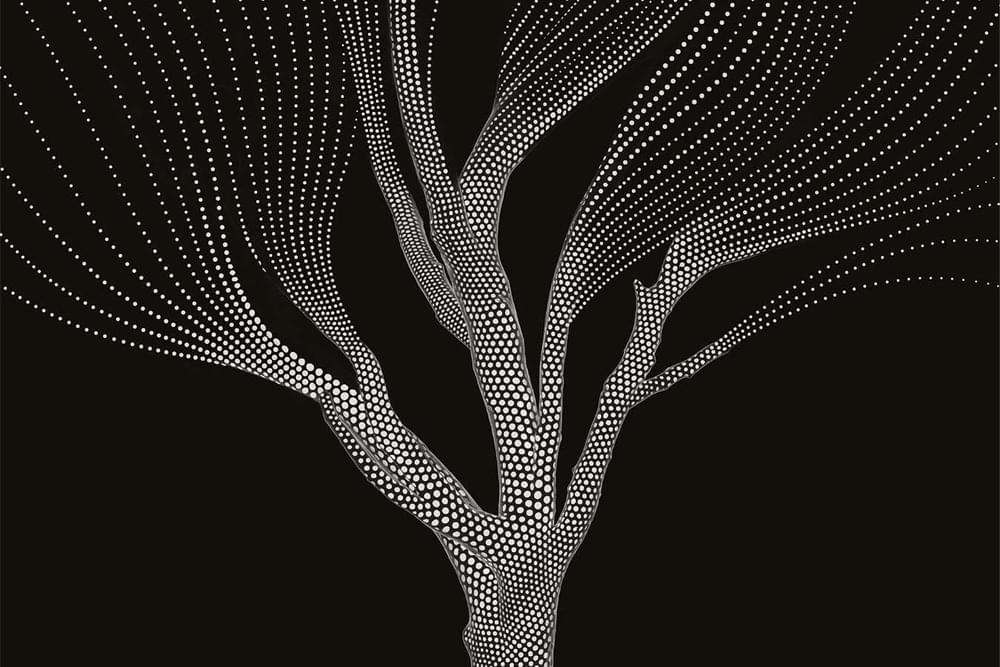
At the smallest scales, everything is made out of a cloud of quantum possibilities. A new idea attempts to explain how our everyday world comes from this, using the laws of thermodynamics.
By Tom Rivlin
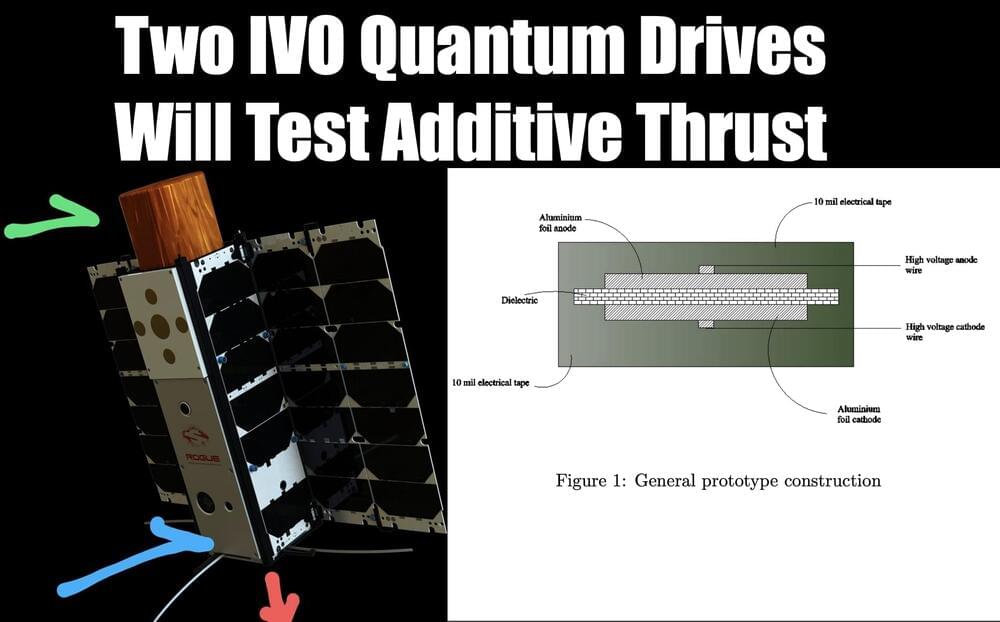
Barry-1 has 2 Quantum Drives: QD1 (Blue Arrow, internal) & QD1-TC (Green Arrow). Both are designed to produce thrust in the same direction (Red Arrow). QD1-TC is expected to produce about 2x the thrust of QD-1. CEO Richard Mansell said it has two drives a 0.25mN and a 0.65mN drive.
The DARPA funding (2018−2022 Quantized Inertia investigation) $1.3 million was for the researcher Mike McCulloch. But none of the DARPA funding has been or is yet for IVO is all privately funded. No VC or DARPA funds. The $17 Million DARPA Otter which appears intended for this type of work, but nothing has been allocated to my knowledge and definitely no DARPA funds have gone to IVO.
If they are fully successful, they will see both at once and see 3x thrust of QD-1. This would prove scaling via multiple devices. The devices are lightweight. If they have additive thrust, it will barely matter that the thrust is tiny. It means that arrays of thousands or millions of devices can be created. The devices might be one millinewton or less but then a million devices achieves constant one thousand newton thrust. The operation for a decade of multiple drives mean this would scale to full up interstellar drives. The best lab result is one watt for 52 millinewtons. The devices flown to orbit have far less thrust and each has different thrust so that it is clear whether zero, one or two devices are working.

With a quick pulse of light, researchers can now find and erase errors in real time.
Researchers have developed a method that can reveal the location of errors in quantum computers, making them up to ten times easier to correct. This will significantly accelerate progress towards large-scale quantum computers capable of tackling the world’s most challenging computational problems, the researchers said.
Led by Princeton University ’s Jeff Thompson, the team demonstrated a way to identify when errors occur in quantum computers more easily than ever before. This is a new direction for research into quantum computing hardware, which more often seeks to simply lower the probability of an error occurring in the first place.
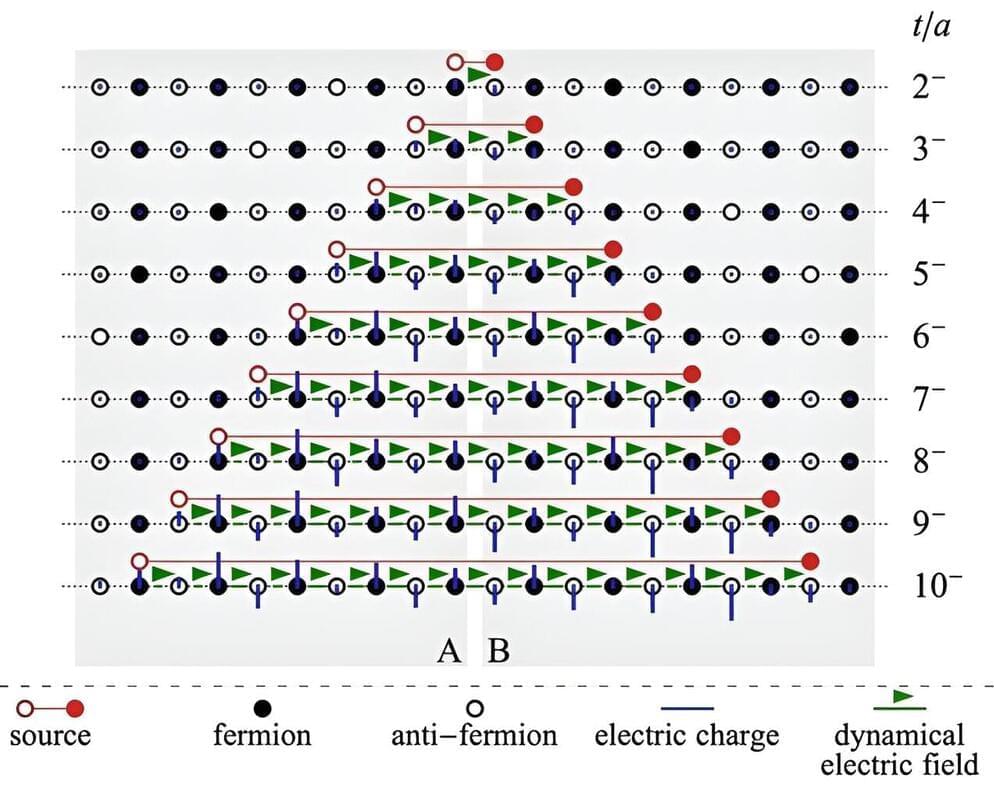
Collisions of high energy particles produce “jets” of quarks, anti-quarks, or gluons. Due to the phenomenon called confinement, scientists cannot directly detect quarks. Instead, the quarks from these collisions fragment into many secondary particles that can be detected.
Scientists recently addressed jet production using quantum simulations. They found that the propagating jets strongly modify the quantum vacuum—the quantum state with the lowest possible energy. In addition, the produced quarks retain quantum entanglement, the linkage between particles across distances. This finding, published in Physical Review Letters, means that scientists can now study this entanglement in experiments.
This research performed quantum simulations that have detected the modification of the vacuum by the propagating jets. The simulations have also revealed quantum entanglement among the jets. This entanglement can be detected in nuclear experiments. The work is also a step forward in quantum-inspired classical computing. It may result in the creation of new application-specific integrated circuits.
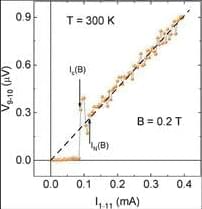
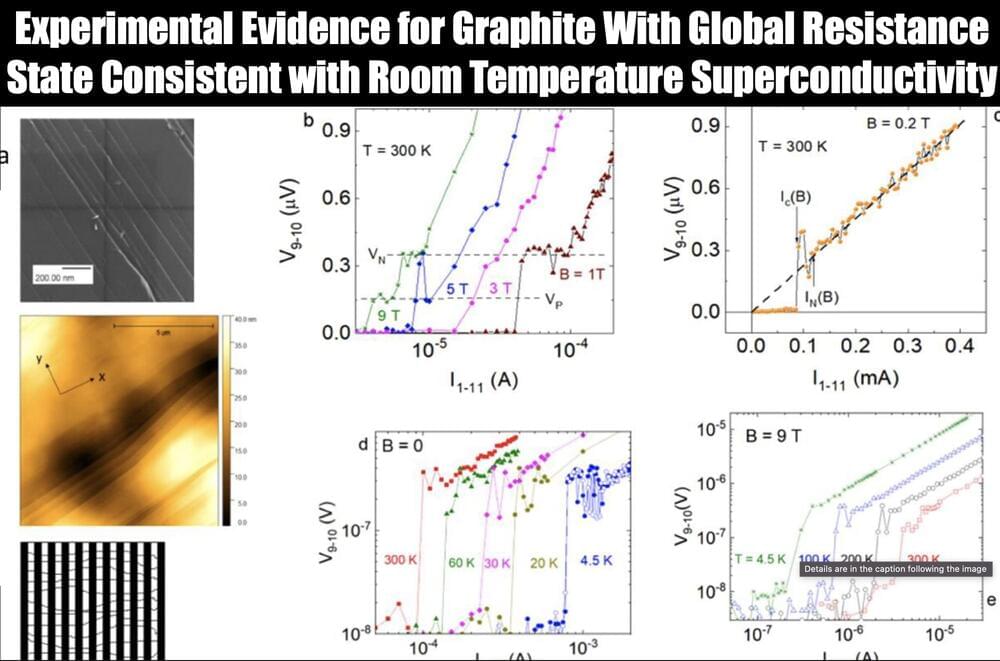
Advanced Quantum Technologies is a peer reviewed journal that has published a paper – Global Room-Temperature Superconductivity in Graphite. The researchers are from Brazil, Italy and Switzerland.
They use the scotch-taped cleaved pyrolytic graphite carrying the wrinkles that resulted from this cleaving to which they also refer as to line defects. They detected experimental evidence for the global zero-resistance state. The experimental data clearly demonstrated that the array of nearly parallel linear defects that form due to the cleaving of the highly oriented pyrolytic graphite hosts one-dimensional superconductivity.
One-Dimensional room temperture and room pressure superconductivity is what part of the theory and claims proposed for LK99 and sulfurized LK99 and PCPOSOS.
